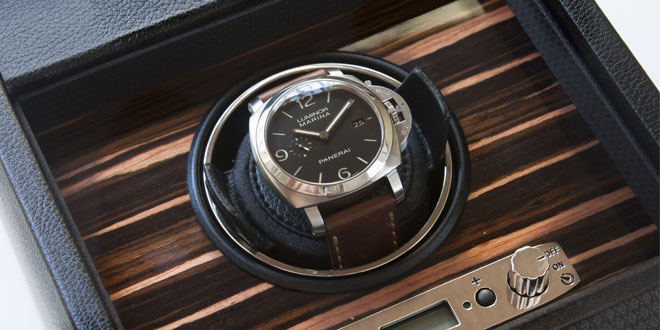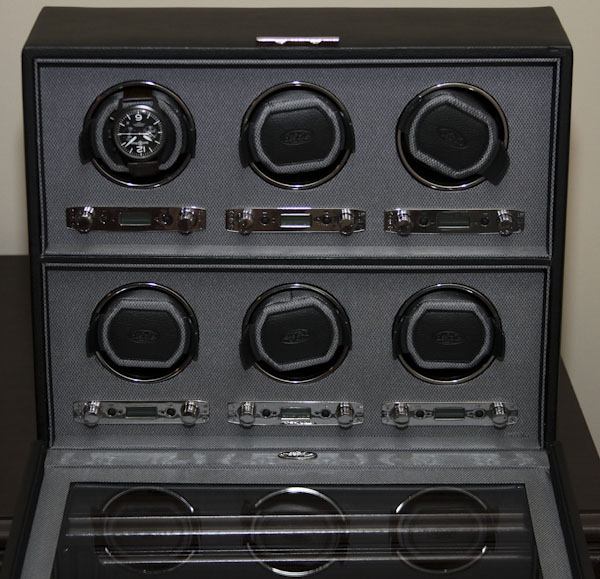Owning a watch winder is an excellent investment for your automatic timepieces. They help prolong the watch’s life while keeping it telling time accurately. If you seldom wear your watch, this makes life easier as you can immediately use it whenever the need arises without having to wind it up manually.
Before getting too excited about getting one, you should know how to use a watch winder. Many brands make this equipment, but the core functions and programming are similar, making it easy to use once you get the hang of it.
Things to know using a watch winder

1. Know your watch’s recommended TPD.
TPD, or Turns Per Day, is a setting that regulates the number of rotations the watch winder will give your automatic timepiece to wound it up completely. It is an essential piece of information you should have since set the watch winder with less than the recommended TPD of your timepiece means you won’t be able to wound it up entirely and will eventually be off time. Too much of the recommended TPD might wear down the watch faster in the long run.
It is essential to conduct some research first on your automatic timepiece. What is the recommended TPD to keep your watch fully wound up? You need this information to ascertain what type of watch winder you’ll need to get. Matching the recommended TPD and the actual winder’s settings will help keep your timepiece properly wound and in optimal condition, all without the adverse effects of too many or too few Turns Per Day.
2. Know how your watch is powered up.
As automatic watches require arm movement for power, it becomes weak when unused for quite some time. However, automatic timepieces are usually powered up with an extra battery reserve so that temporary non-use of the watch won’t affect the overall performance when you use it again. Do take note of the power reserve so you know how long it can last without being used.
This information is vital when using a watch winder. As automatic watches still have some power reserve left after short periods of non-use, they won’t absorb power quite as efficiently as compared to having their battery nearly dried out. This is where the delay function of watch winders comes in. It aims to provide some waiting time to keep the reserve power running low. After the set time, the winder will begin movement and power up the watch normally.
3. Know the step-by-step procedure of using watch winders.
Besides knowing the vital information provided above, you must know how to use the watch winder. Based on a few simple steps, these are the usual guidelines used when using the winder:
- If the watch is not working anymore, manually wind it up a few times up to about 40 turns to prep it up for the watch winder.
- Ensure you know the recommended TPD of the automatic watch, and adjust the settings to provide the perfect amount that will give the most energy to the timepiece without harming it.
- Also, ensure you know in which direction your watch gathers energy efficiently. It can be clockwise, counter-clockwise, or bi-directional if it can be powered in both directions. You can then set your watch winder to turn in such direction.
- If unsure of the recommended TPD and direction, periodically check your timepiece after about two days. If it is keeping proper time, then it is working perfectly. If not, you can adjust either the TPD setting or the direction and wait another two days per trial until you find the correct adjustments to your watch winder.
Related Articles:

Leave a Reply